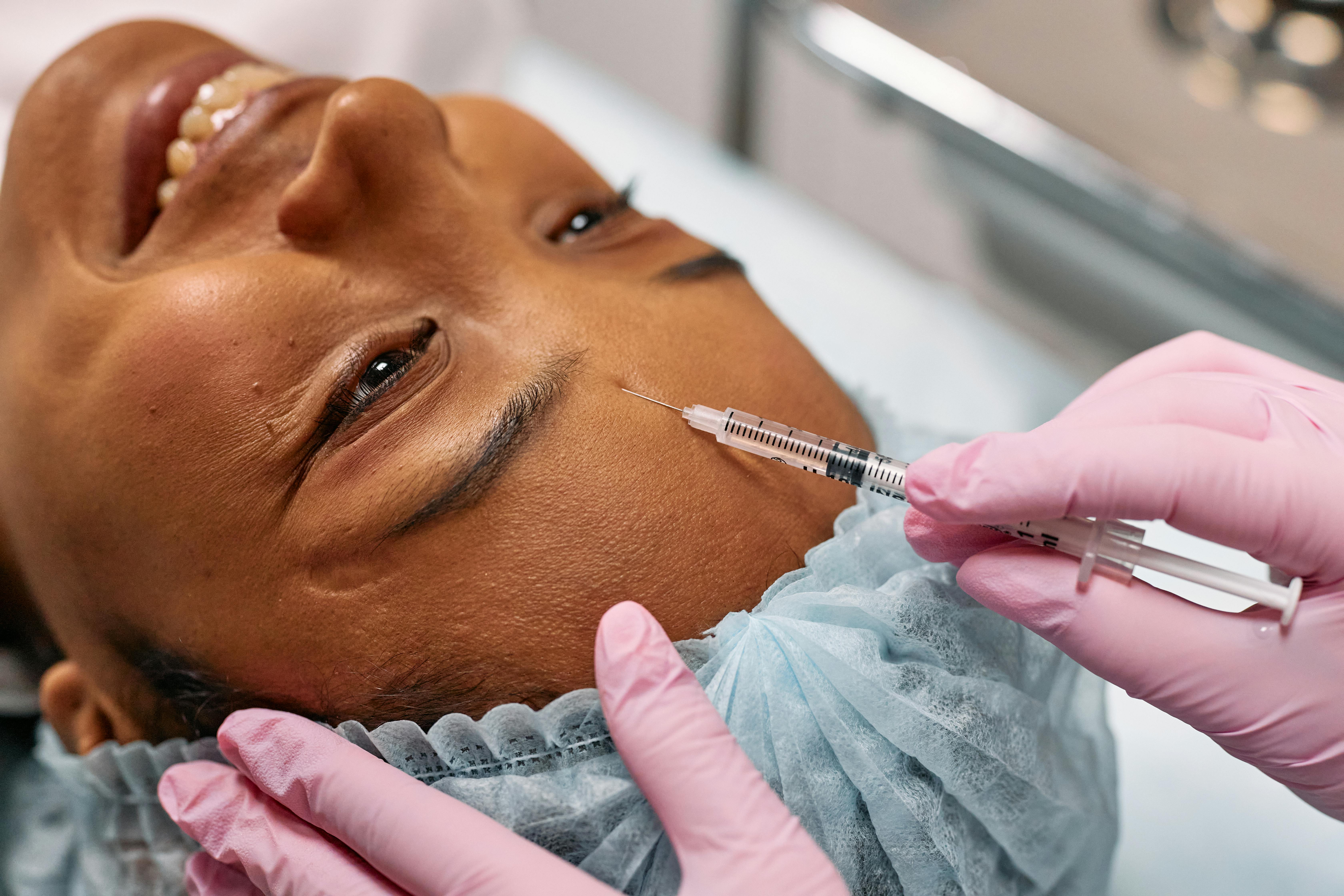The Art and Science of Botox: A Comprehensive Exploration
Botox is an intriguing blend of science and beauty. The term, a shortened version of 'Botulinum toxin,' might initially sound alarming, considering the substance is a neurotoxic protein produced by the bacterium Clostridium botulinum. However, the beauty industry has harnessed this toxin for aesthetic enhancement purposes, primarily to reduce wrinkles and fine lines. Botox injections have become a popular non-surgical procedure worldwide, credited with offering a more youthful appearance. This article delves into the history, scientific rationale, current trends, and future prospects of Botox, providing a well-rounded view of this fascinating intersection of aesthetics and science.

The Historical Journey of Botox
Botox’s history is as intriguing as its function. The Clostridium botulinum bacterium was first identified in the 19th century during an investigation of food poisoning cases. The toxin it produced was named botulinum, deriving from the Latin ‘botulus,’ meaning sausage, since the poisoning was associated with improperly cooked meat products.
The therapeutic potential of the toxin was discovered in the mid-20th century when scientists observed its ability to cause muscle paralysis. The first successful medical use of Botox was to treat strabismus, a condition causing misalignment of the eyes, in the 1970s. It was only in the late 1980s that the aesthetic applications of Botox began to be explored, leading to its FDA approval for cosmetic use in 2002.
The Science Behind Botox
Botox works by blocking nerve signals in the muscles where it is injected, causing temporary muscle paralysis. This paralysis reduces the appearance of wrinkles and fine lines caused by facial expressions. The effects typically last three to six months, after which the muscles slowly regain their function, and wrinkles may reappear.
The safety of Botox is a common concern due to its toxic origins. However, the quantity used for cosmetic procedures is minuscule and has been deemed safe by global health authorities, including the FDA. Side effects are usually mild and temporary, including bruising, swelling, or discomfort at the injection site.
Current Trends in Botox Use
Botox continues to be a leading non-surgical cosmetic procedure worldwide. According to the American Society of Plastic Surgeons, more than 7.4 million Botox procedures were performed in the United States alone in 2019.
Notably, the demographics of Botox users have been changing. Once seen as a procedure for the rich and famous or those in their later years, Botox is now being embraced by younger generations. “Preventative Botox” is a growing trend among millennials who use the treatment to prevent wrinkles before they form.
The Reception and Impact of Botox
Botox has had a significant impact on societal perceptions of aging and beauty. It has contributed to the normalization of cosmetic procedures and the pursuit of a youthful appearance. However, it has also sparked debates about the pressures to maintain a youthful appearance, particularly for women.
The reception of Botox has been mixed. While many praise its ability to reduce signs of aging with minimal downtime, critics argue that it promotes unrealistic beauty standards and may lead to diminished facial expressivity.
The Future of Botox
As research progresses, new applications for Botox are continually being discovered. Besides its aesthetic uses, Botox is now used for various medical conditions, including chronic migraines, excessive sweating, overactive bladder, and certain muscular disorders.
Looking ahead, the use of Botox is likely to continue expanding as scientists uncover more about its potential. Furthermore, the development of more targeted toxins and the exploration of non-invasive delivery methods, such as topical creams, could revolutionize the way Botox is used in the future.
In conclusion, Botox is a fascinating blend of art and science, a testament to human ingenuity in the pursuit of beauty. As we continue to explore its potential, it is essential to balance the desire for physical perfection with the need for safety and the acceptance of natural aging.




